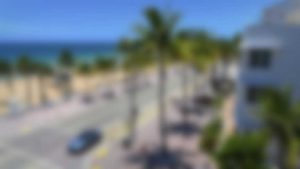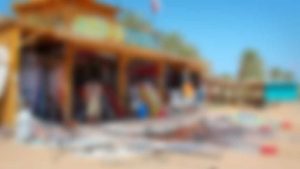Welcome to natural Santo Antão
The Republic of Cape Verde consists of ten islands, and is roughly shaped like a horseshoe. Mountainous Santo Antão is the second-largest island of the archipelago, It is a very interesting and authentic holiday destination for those interested in trekking, hiking and cultural tourism.
The diverse Cape Verde islands
These Cape Verde islands are located more than 500 kilometres off the cost of Mauritania and Senegal. They are named after the Portuguese designation for these islands of the green cape of Western Africa (Ilhas de Cabo Verde). For more than five centuries, the Cape Verde islands were a colony of Portugal. After their independence in 1975, the islands have developed themselves into a popular holiday destination. Each island has a specific character. For instance, the busy main island Santiago hosts the country's capital and main city Praia. The smaller island of São Vicente is a popular destination for surfers and renowned for its Carnival celebrations. And the island of Santo Antão is a very interesting destination for everyone who is looking for beautiful scenery, undisturbed nature and authenticity.
The main towns of Santo Antão
Santo Antão has a relative small population of 50,000 inhabitants. Most of them live on the greener northern part of the island. In fact there are only two larger towns on the island. The capital of the island is the town of Ribeira Grande, situated along the northern coast of the island. The town has a population of 20,000, and is not a very touristic town. It only has a few hotels and some small guesthouses. Ribeira Grande offers some nice places for shopping and eating though, such as little shops, local restaurants, a Mercado Municipal (local food market) and a clothing market. On the south-eastern coast of the island, you can find the town of Porto Novo (New Port). It has a population of 10,000 and is growing fast. It still is a picturesque little town with a nice harbour, old mansions, and shops and street vendors who sell fresh fish and goat cheese. Enjoy the beautiful seaside sunset with a view of the mountains on the neighbouring islands of São Vicente and São Nicolau.
The natural island of Santo Antão
After the island of Santiago, Santo Antão is the largest island of the archipelago. Santo Antão measures almost 800 square kilometres and, due to its mountainous terrain and green valleys, is a perfect destination for everyone who likes hiking and natural surroundings. The city of Ribeira Grande (which means 'large riverside' or 'large bank') is the capital of the island. Santo Antão is part of the northern group of islands of the Republic of Cape Verde. This group is called the Barlavento Islands, wich means 'windward'. Of the six major islands that form these windward islands, Santo Antão is the largest and most western one. The popular sporting destination of São Vicente is neighbouring Santo Antão on the east-side.
Diverse climates due to high mountains
Santo Antão has a diverse landscape and different structures all around the island. The northern part receives a normal amount of rain, but the southern and western part of the island appear to be rather barren. This difference is the result of a number of high mountains on the island, which provide for different conditions all around the island and generate various micro-climates. In general, the island has a rather dry tropical climate along the coastline, whereas the conditions higher on the mountain slopes can be classified as semi-arid, and above 1,000 metres even as cool. The highest mountain on the island is the inactive volcano Topo de Coroa, which is almost 2,000 metres high. It is situated in the south-western part of Santo Antão. Other high mountains on Santo Antão are the Monte Tomé (1,814 metres) in the northwest and Gudo de Cavaleiro (1,811 metres) in the southwest.
Green and full of plants and trees
In general a lot of vegetation can be found on Santo Antão. The island is regarded as the greenest and most fertile of the Cape Verde archipelago. On Santo Antão you will find forests of pine trees and fir trees, along with palms that provide coconuts and dates. Fruit grows here in abundance: you will find trees with papaya, orange, citrus and mango fruits. The fertile and rich volcanic ground provides good soil for coffee, pineapples and maize to grow. All around this subtropical island you will smell lavender and eucalyptus.
What to do and see on Santo Antão
Santo Antão is a great destination for:
Hiking and trekking: on Santo Antão you can do many beautiful hikes. The natural reserve of Ribeira Grande is a fascinating area with rare flora and fauna and fantastic views. The western part of the island is rather deserted and offers hidden rocks and cliffs. You can also find here calderas with old lava streams
Driving a car: the rather large size of Santo Antão, the mountainous surface and the spectacular roads makes a car ride on the island a must-do experience. Hire a car and discover deserted spots on the island. The mountain road between Porto Novo and Ribeira Grande is absolutely breathtaking
Visiting a beach: Santo Antão offers both beautiful white sand beaches and impressive black volcanic beaches. If you want to visit a black beache, go to Sinagoga (near Ribeira Grande) or Tafferal (in the south-west)



